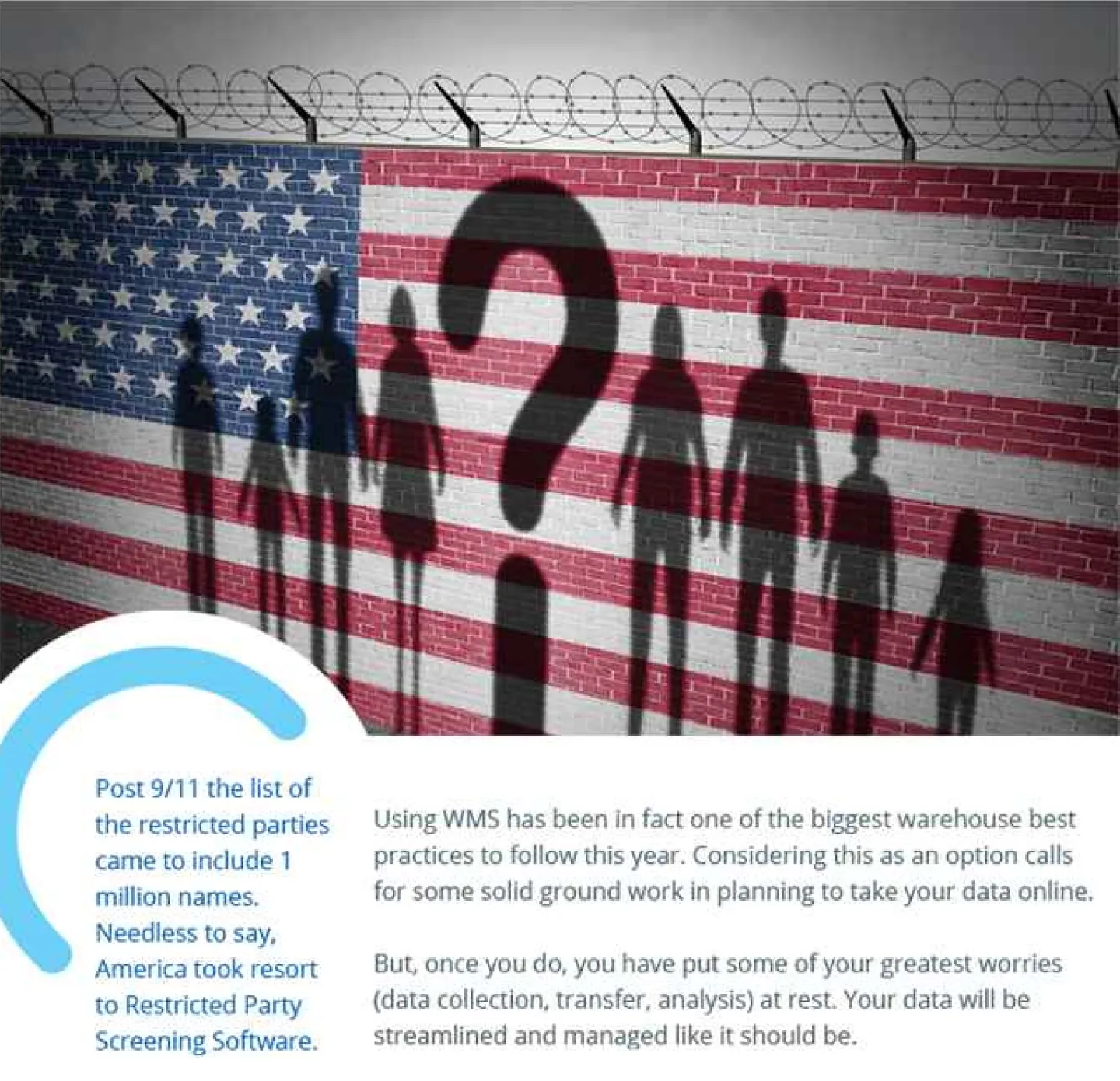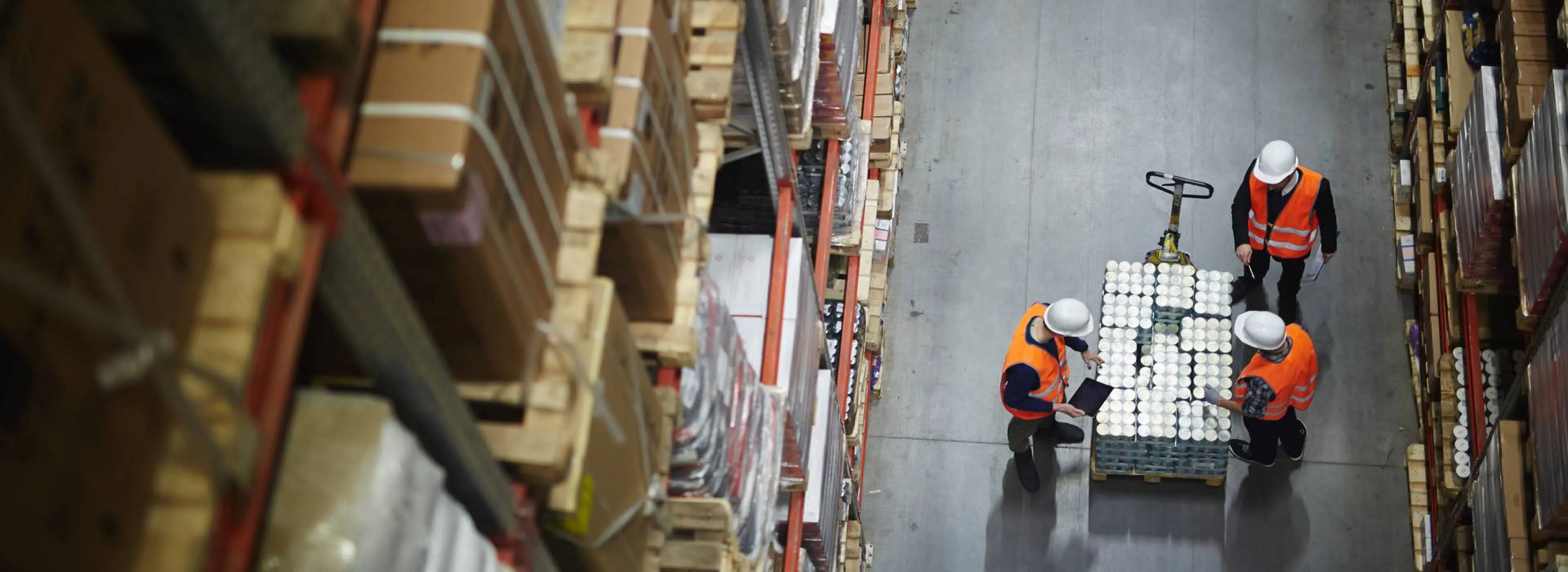I found a rather interesting fact about warehouse managers in a study by Intermec. It said that 1 out of 6 managers who oversee a warehouse are not likely to review their workflow processes unless a customer complaint is raised. That’s not hard to believe. However, contrary to what one might think, this is not always their fault.
Often, warehouse managers find themselves hamstrung by challenges such as tight budgets, bringing down operations costs, multiple delivery channels, etc. Thankfully, warehouse automation is already trying to lead us towards solutions.
Click Here: Boost Your Warehouse Efficiency With This Advanced and Affordable WMS
Whether you are in the manufacturing or logistics industry, managing a warehouse is a demanding job, and you do face challenges. While smart warehousing innovations can provide a remedy, you must first fully understand your challenges and why they are such a problem.
What Challenges Does a Medium- and Small-Business Warehouse Manager Face?
Here are some logistic problems in managing a warehouse that managers often face:
1. Budget is Always a Constraint
Regarding medium- or small-business warehouse management, a large budget is only a dream. Warehousing is where businesses think they can make significant savings by cutting expenses. The truth is that the scope is immense. That being said, budget is something you will always find yourself struggling with, especially if you are managing a warehouse in the manufacturing industry.
There is, in fact, a lot you can do by optimizing warehouse processes. It will, however, take some insight, some planning, and some discretion to develop processes that fit into your meager budget.
2. Constant Struggle to Bring Down the Operational Costs
Your operations budget is not something you get to decide upon. Nevertheless, you will have to look into the everyday operations of your warehouse.
With the changing face of the supply chain, customer service has gained significance. So, the constant endeavor now is to reduce the cost of operations and maximize customer service instead.
The key to reducing operational costs is increasing productivity and maximizing asset utilization.
3. Ensuring Stock Availability and Shorter Lead Times to Handle Smaller, More Frequent Orders
With the growth of e-commerce, warehouse managers are now dealing with smaller orders at a higher frequency. This is true even for most manufacturing warehouses because lead times must be shorter as the economy is run by supply, not demand.
This calls for increased stock availability and shorter lead times. This is why the higher-ups push you to increase stock availability, quicken the pick-up, and shorten the lead times.
The secret lies in improving your picking and packing strategies, which can speed up delivery as well.
4. The Quest for the Perfect Order
Your business demands that you achieve one thing more than ever – more perfect orders, more frequently. For warehousing, a crucial measurement is the perfect order metric. The percentage of perfect orders is, in fact, becoming a prevalent performance measure.
A perfect order means the right product(s), in the correct quantity, in the right condition, and delivered to the correct customer.
You will need to enhance your picking process and consider options such as bulk picking. There will certainly be a need for better adoption and use of warehouse technology.
5. The Pressure of Seasonal Demand
Predictable sales are not a reality in the present-day scenario. This is why markets bank upon holiday season demand.
How much more space and time can you arrange in that case? This is, indeed, a time when you need to ramp up your resources. Some advanced insights into customer behavior through data analysis may be able to get you there.

Study the past; anticipate the future. It may not be accurate, but it will be close enough for warehouse management. In fact, it is never too early to prepare for a surge in demand.
6. Dealing with Availability and Cost of Labor
When procuring, employing, and retaining labor, you know what a challenge it can be. Phases of high employment in the region/country, unavailability of young candidates for employment, and an aging workforce are some of the significant warehouse problems that increase the cost of labor.
You will, in fact, need to make changes that attract a new and young labor force, reduce and curb redundancy of labor, and introduce measures such as flexible working hours. All these changes can help you keep a motivated and, hence, more productive workforce.
7. Managing the Never-Ending Data with the Growing Pressure of Multiple Delivery Channels
Managing data manually can be an uphill task with a high error rate. By adopting warehouse technology with data-mining capabilities, data can be managed easily and effectively. The supply chain produces a large amount of data that needs to be collected and then analyzed.
Also, there needs to be the ability to track the goods throughout the supply chain 24/7. All this, combined with the multiplicity of delivery channels that are an integral part of logistics, makes it a herculean task for small- and medium-business warehousing managers.
Warehouse management systems could be the answer to this quandary.

8. Ever-Increasing Need for Stock-Keeping Units Due to Variety in Stock
Because of the explosion in the variety of goods that cater to consumers’ needs, there has been an evident increase in the number of SKUs. You need to have cost-effective pick locations that also work as reverse warehouses. Managing so many units is not a piece of cake.

The solution is that you don’t have to stock everything. There is a lot of power in differentiation. Anticipating and analyzing customer preferences can keep your warehouse at its best.
9. Being All This and Eco-friendly
Environmental issues also add to the operational woes of warehouse managers. Your unit uses a lot of renewable as well as non-renewable resources.
While you are charged with responsibilities such as reducing costs, managing labor, improving delivery, and much more, you must also be aware of your operation’s impact on the environment.
Energy consumption, release of waste (tapes, cardboards, pallets, wraps), use of land and water—all these become factors that you cannot and must not ignore. Efforts start with ones as small as switching the lights and appliances off when not in use to checking if the activities relating to your unit are hazardous to the environment. The responsibility of saving, reusing, and recycling is one that you can never overemphasize.

If you find that this post touches on some areas where you need help, try our Solutions Finder tool and overcome those challenges.
For more content about warehouse efficiency or the latest technology trends, follow us on LinkedIn, YouTube, X, or Facebook. If you have other inquiries or suggestions, please contact us here. We’ll be happy to hear from you.












